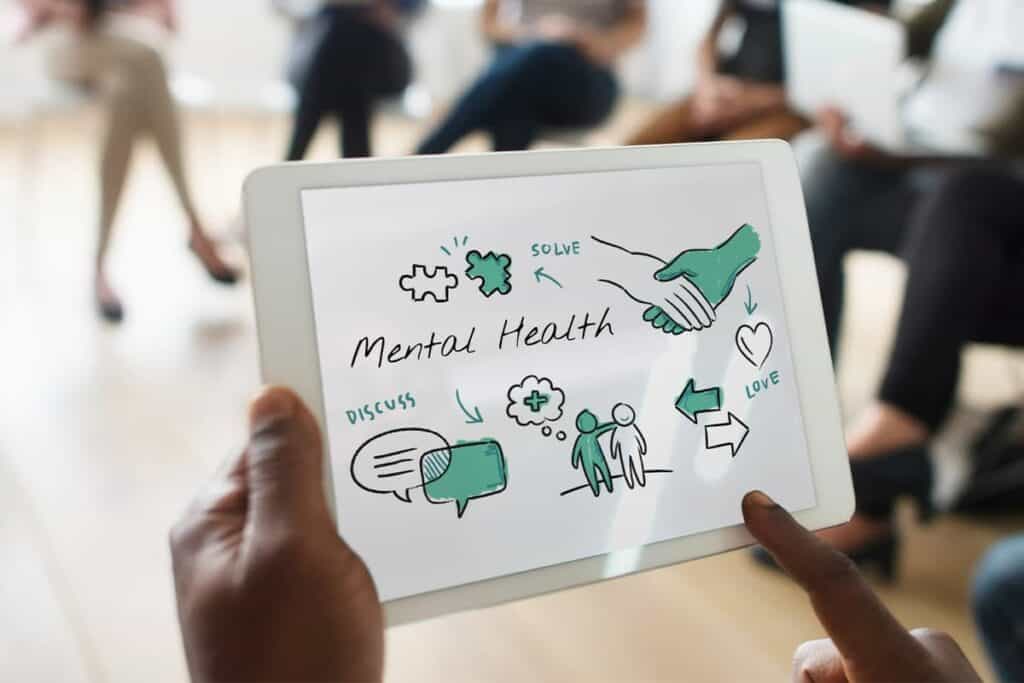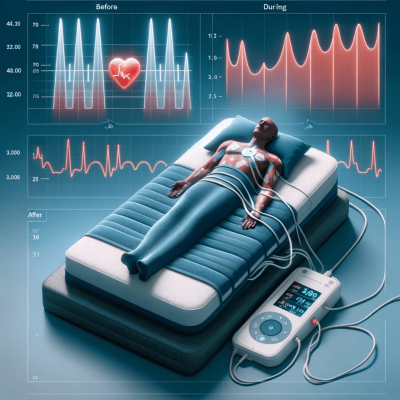In today?s news, Calm, a subscription-based mindfulness software, launched Calm Health today. Kaiser Permanente and the union representing 2,000 Northern California mental health employees announced a tentative deal Tuesday. The Australian government restored its funding for bulk-billed video telehealth psychiatry consultations in its October budget. Kevin Hines jumped off the Golden Gate Bridge 22 years ago and survive to tell his story.
Table of Contents
ToggleCalm releases its Calm Health clinical mental health service
Original Source: Calm launches clinical mental health offering, Calm Health
Calm, a subscription-based mindfulness software, launched Calm Health today. Calm Health’s condition-specific programs “bridge the gap between mental and physical healthcare,” the business says.
Calm Health builds on Calm’s February acquisition of software startup Ripple Health Group. Calm Health uses Ripple’s technology to connect consumers with different healthcare choices, such as anxiety or depression support or programs between therapy sessions.
Calm will add mental health services for people with hypertension, obesity, heart disease, and cancer.
Calm CEO David Ko said mental health is a top health problem. People have used Calm for ten years to handle physical, financial, and job stress. As we go into healthcare, we want to reach more people with mental health resources and destigmatize routine care.
Calm fired off 20% of its workers in August as usage dropped from a pandemic peak. Before the layoffs, Ripple CEO David Ko became Calm’s CEO, signifying new market ambitions.
Calm had raised $218 million from investors including Insight Venture Partners, Ashton Kutcher’s Sound Ventures, and Creative Artists Agency. It competes with Headspace Health, which merged Ginger and mindfulness-focused Headspace in 2021. Headspace Health purchased Shine and Sayana as the macroeconomic climate prompted health tech consolidation.
Kaiser Permanente and mental health workers agree
Original source: Kaiser Permanente and mental health care workers reach an agreement
Kaiser Permanente and the union that represents nearly 2,000 mental health care providers in Northern California said Tuesday that they had struck a tentative deal following a nine-week strike.
In a joint statement, Kaiser Permanente and the National Union of Healthcare Workers stated that the new four-year agreement “will benefit Kaiser Permanente patients and drive collaborative efforts aimed at improving access to mental health care, while at the same time recognizing and better supporting mental health therapists in their important work.”
A ratification vote involving union members will take place over the coming days, according to Matt Artz, a union representative, who spoke with SFGATE by phone. There, democratic union members vote on whether or not to approve the proposed conditions of the agreement.
Then we may divulge the specifics, Artz remarked. “Before we discuss the details, we want to give our members an opportunity to read the agreement. Both patients and therapists benefit from this.”
The union called for Kaiser to hire more employees and shorten patients’ wait times for appointments when they declared a strike on August 15. According to the union, Northern California patients must wait four to twelve weeks between sessions with Kaiser clinicians, as previously reported by SFGATE.
Australia will reinstate rural mental health video telehealth funding
Original source: Australia to restore video telehealth subsidy for rural mental health
The October budget restores the Australian government’s support for bulk-billed video telehealth psychiatry sessions.
Rural and regional residents and other qualifying patients can obtain free mental health video consultations in November.
The recent funding restores 50% fee loading for bulk-billed MBS telepsychiatry services.
REASONS WHY
Rural and regional Australia have higher hospitalization and suicide rates for mental health. Many indigenous people there suffer from depression and PTSD. These areas lack health services, notably mental care.
CONTEXT
The previous government cut 128 telehealth MBS items, including video mental health consultations for remote areas.
This cut has led many patients to pay gap fees or stop treatment, and some psychiatrists have stopped serving certain areas.
“These services should never have been eliminated – it hurt many people’s mental health in regional regions, so I’m glad they’re back,” said Gilmore MP Fiona Phillips.
Health Minister Mark Butler said drought, bushfires, floods, and COVID-19 have taken a toll on rural and regional populations’ mental health.
Restoring this Medicare item might fund 410,000 consultations over four years or 543,000 over five.
In other developments, confirmed COVID-19 patients can get MBS-subsidised telehealth consultations with any GP until the end of the year. End-of-October is when support ends.
Golden Gate Bridge jumper’s mental health message
Original source: Man survived jumping off the Golden Gate Bridge shares his message about mental health
Since the pandemic, mental health and suicide have become taboo topics.
Nearly 50,000 people committed suicide in 2020.
Kevin Hines leapt off the Golden Gate Bridge 22 years ago. Survived to tell his story.
“I left Golden Gate Bridge fearing I’d die. Suicidal ideas are the biggest liars we know, and we don’t have to listen to them “saying
Hines, who had mental health concerns as a teen, was diagnosed with bipolar disorder at 17.
Decades later, he tells his story worldwide.
“The problem in America and around the world is that when someone we love suffers brain pain or mental illness, we invalidate that agony. We urge them to snap out of it, get over it, move on, and pull yourself up by your boots. You’re dying right it’s in my head that’s where my brain is,” he added.
CDC predicts 46,000 suicides in 2020.
11 minute deaths.
“This has been going on for generations, and I’m pleased COVID brought it out in a way that lets people to talk about it more than ever before, but we want to educate instead of sensationalize,” he said.
Claire Kruszka, a junior physicist at St. John Fisher, appreciates Kevin’s visit.
She hopes the conversation reduces stigma and empowers students to speak openly about their experiences.
“As a college student, there’s a lot of pressure, you’re involved in a lot of things, but I don’t really know the resources or don’t feel comfortable getting the resources that they need, so I think having Kevin will be really eye-opening and having him share his experience,” she said.
Call 988 if you or a friend is in crisis.
Summary of today?s mental health news
To summarize, the subscription-based mindfulness software Calm today unveiled Calm Health. Calm Health features condition-specific treatments that “bridge mental and physical healthcare,” according to the company.
Additionally, Kaiser Permanente and the union representing 2,000 Northern California mental health employees announced a tentative deal Tuesday. The new 4-year agreement will benefit Kaiser Permanente patients and improve access to mental health treatment, while recognizing and supporting mental health therapists.
Meanwhile, the Australian government restored its funding for bulk-billed video telehealth psychiatry consultations in its October budget. In November, rural and regional residents and other eligible patients can again get free mental health video consultations. New funding will restore 50% fee loading to bulk-billed Medicare Benefits Schedule (MBS) telepsychiatry services.
Finally, Kevin Hines jumped off the Golden Gate Bridge 22 years ago. Survived to tell his story. “I left Golden Gate Bridge fearing I’d die. Suicidal ideas are the biggest liars we know, and we don’t have to listen to them ” he said.








